
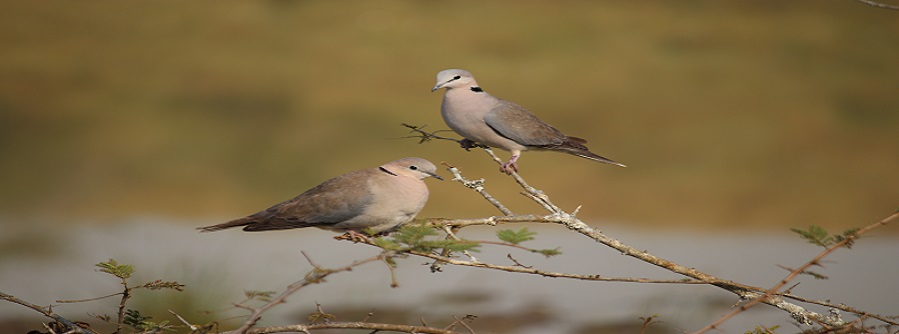
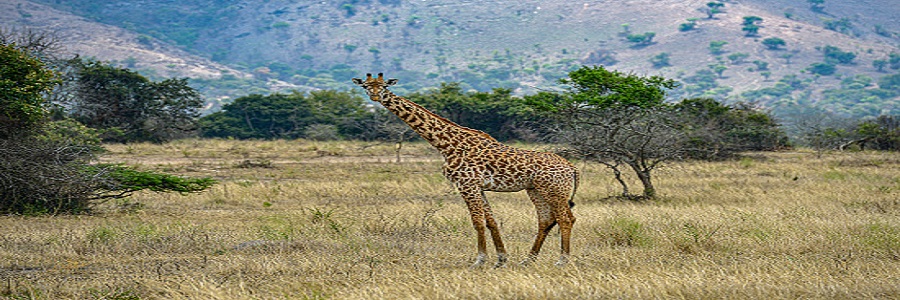
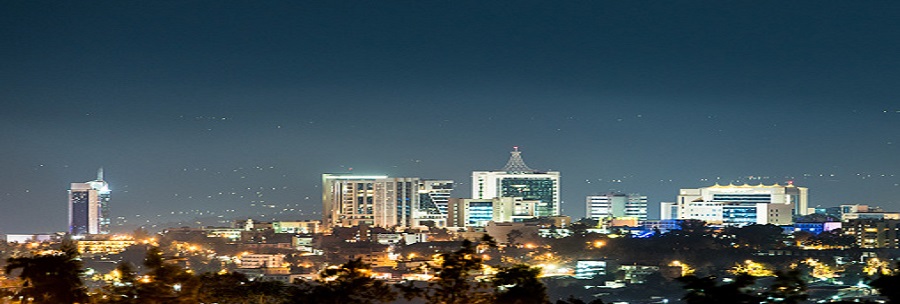
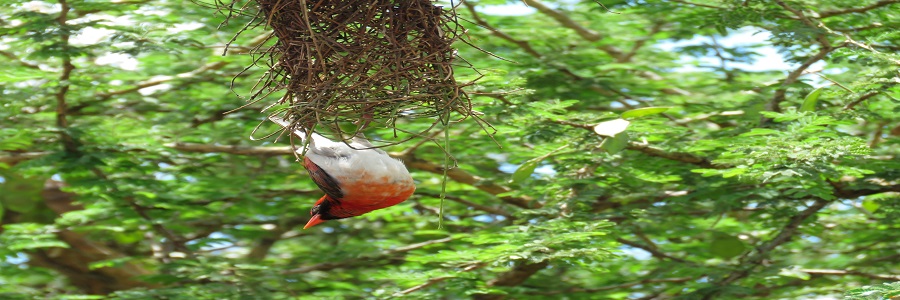
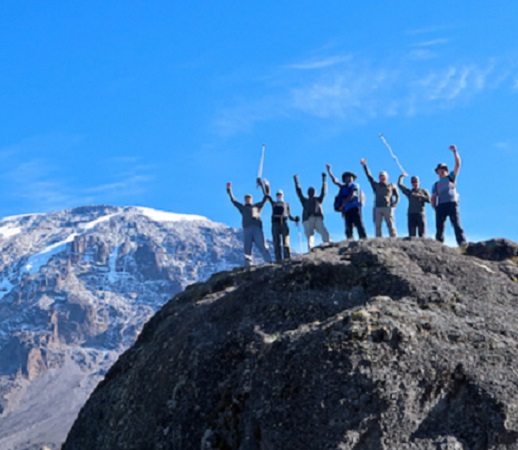
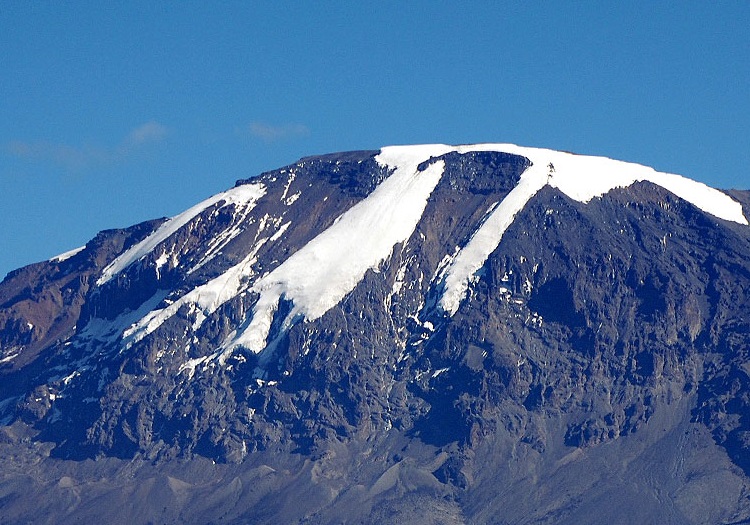
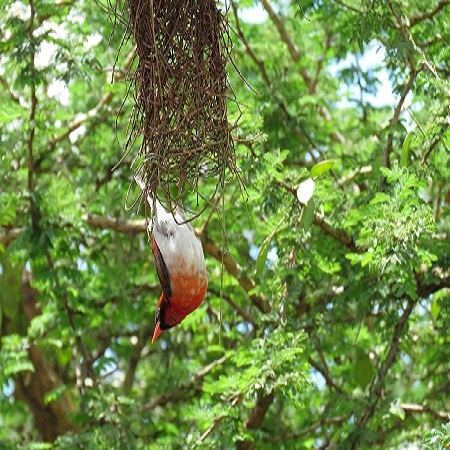
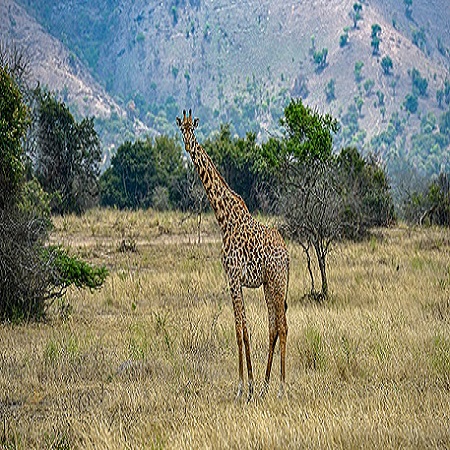
Akagera National Park is a protected area located in eastern Rwanda, covering an area of 1,122 square kilometers (433 square miles). Founded in 1934, the park spans diverse habitats including savannah, montane, and swamp areas along the Kagera River and Lake Ihema. It is the third-largest protected wetland in Africa. Initially established by the Belgian government as a 2,500 square kilometer (970 square miles) reserve to protect biodiversity, the park has been home to various species including African wild dogs and black rhinoceroses. Over the years, efforts have been made to reintroduce and protect endangered species within the park through partnerships with organizations like the Rwanda Development Board and African Parks Network. Security measures such as a western boundary fence, air surveillance, helicopter patrols, anti-poaching units, and reintroduction programs have been implemented to safeguard wildlife populations. The park has seen significant growth in its mammal population from 4,000 to 13,500 since 2010 and has become more self-sustaining economically through tourism activities. Akagera National Park serves as a vital conservation area in Rwanda and a key contributor to biodiversity preservation and community development.
Akagera national park found in eastern Rwanda is a 2500 sq km of mainly Savannah land. The park is named after Kagera River that flows along Rwanda’s eastern boundary with Tanzania. The river feeds into Lake Ihema and other smaller lakes in and around the park.
The park protects an African Savannah landscape of acacia and bush with patches of open grassland and a dozen swampy lakes. It has exceptional levels of biodiversity and forms a large protected wetland. Akagera national park is the only Savannah national park in Rwanda and the only place to sight most of the large mammals while on safari. Whereas there are forest elephants in the other parks, it is very difficult to sight them. Explore the park in the comfort of your safari vehicle while on a game drive.
Wildlife in Akagera National Park
Akagera national park is home to a variety of wildlife which include, elephants, buffalos, giraffe, zebras, leopards, hyenas, lions. It is home to several antelopes like bushbucks, Topis, Oribis, water-buck, roan antelope and duiker, klipspringer, impala and world largest antelope – the Cape eland.
You can watch schools of hippos and crocodiles basking in the sun near lake Ihema. The common primates in Akagera national park are olive baboons, Vervet monkeys, blue monkeys and bush babies who are often seen on night drives.